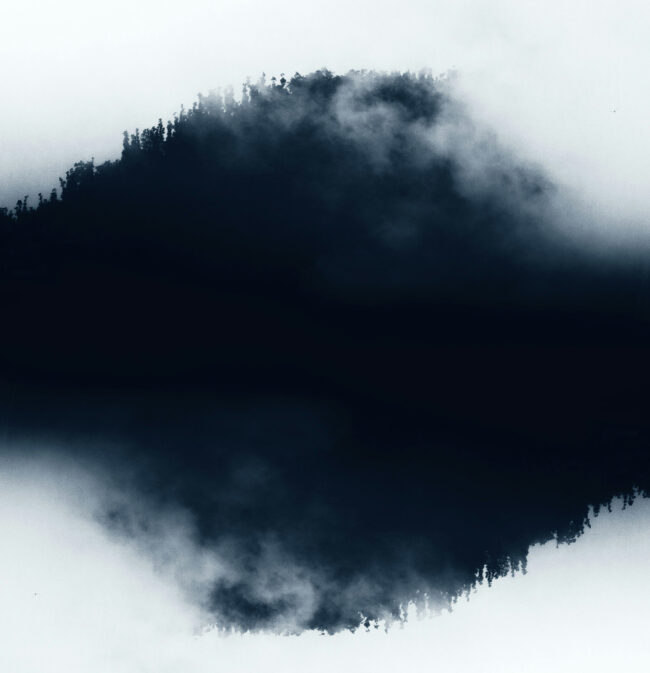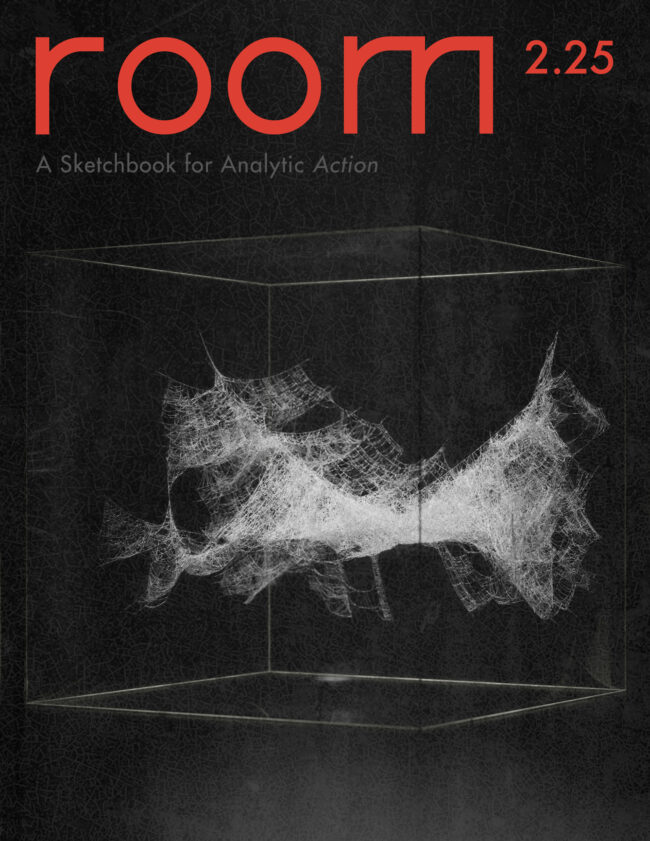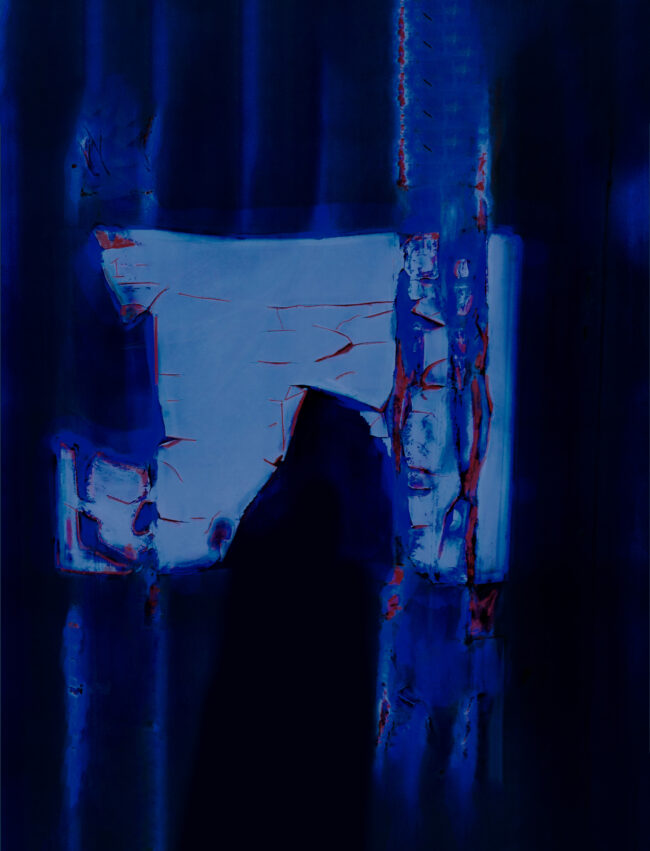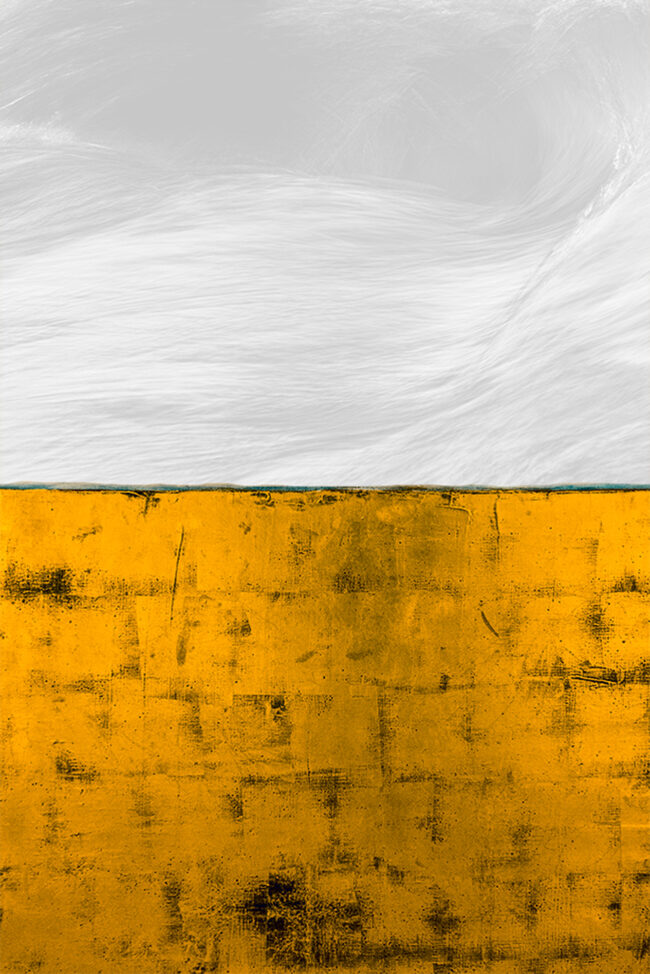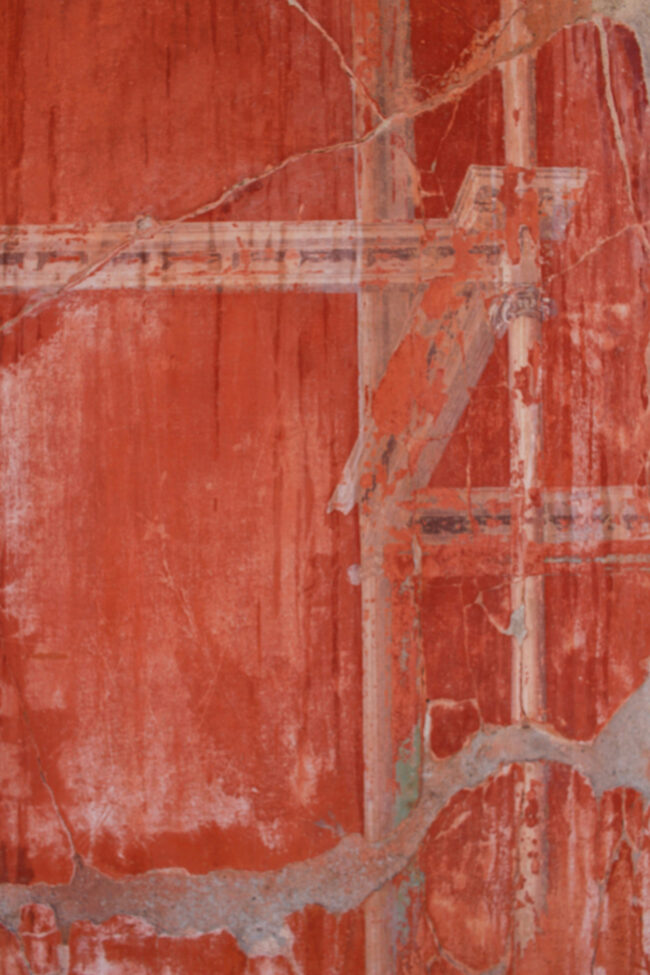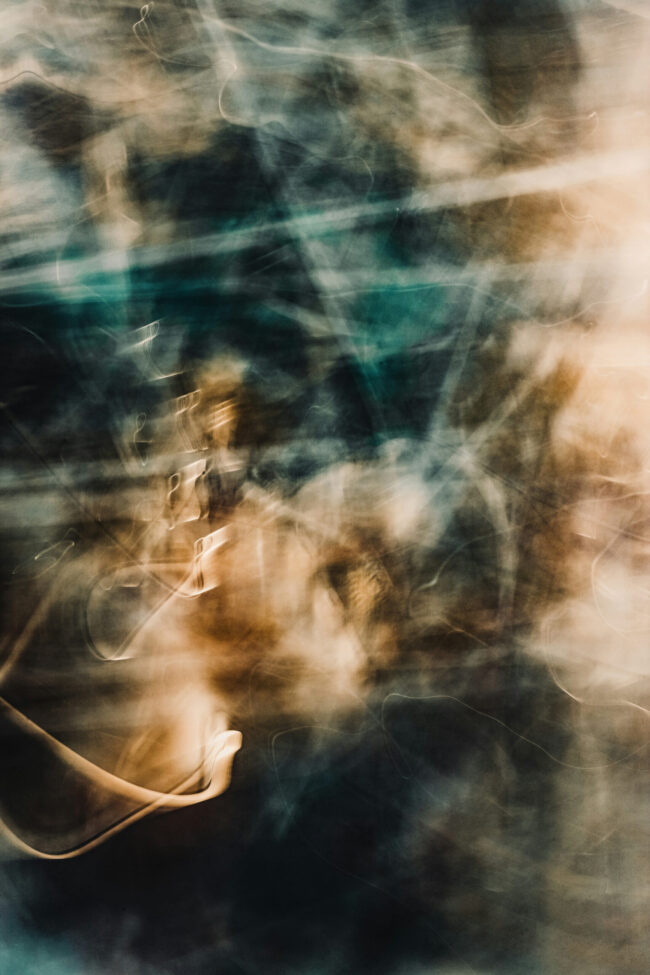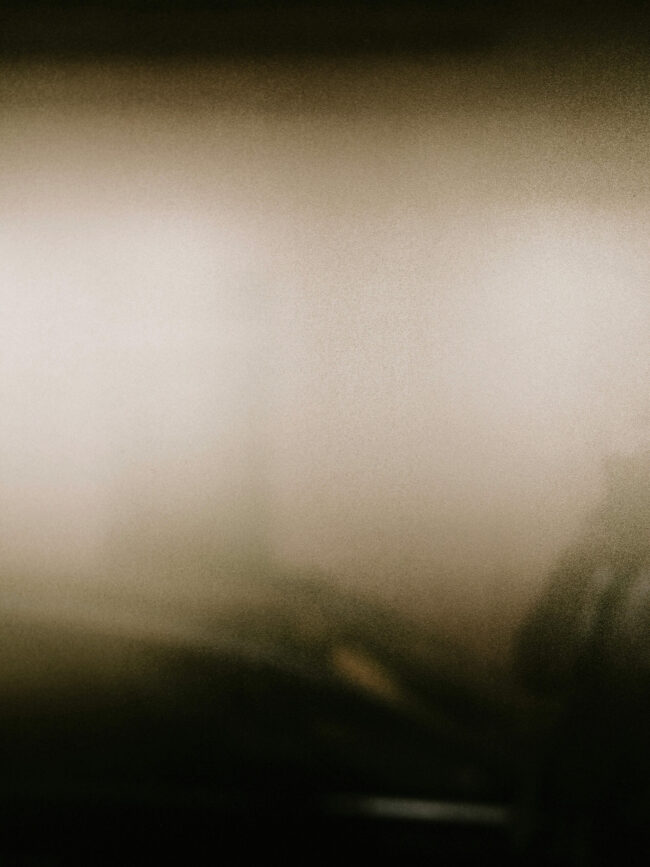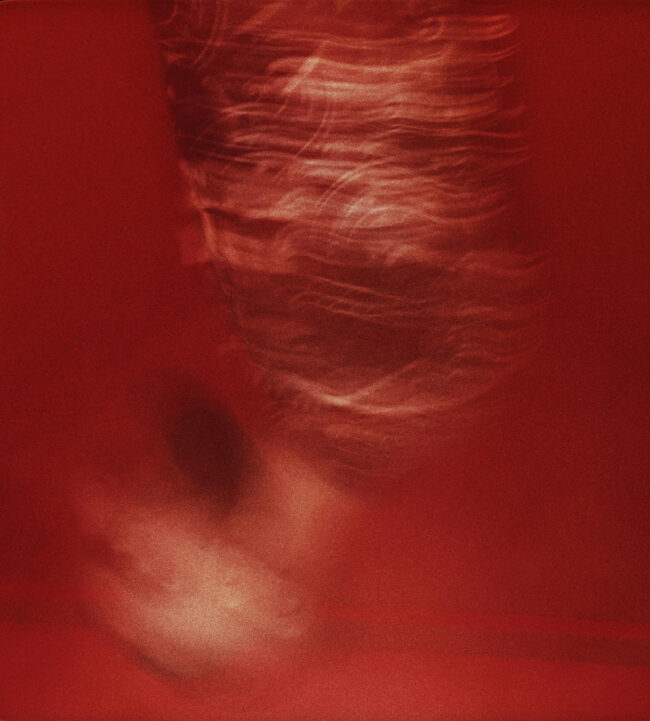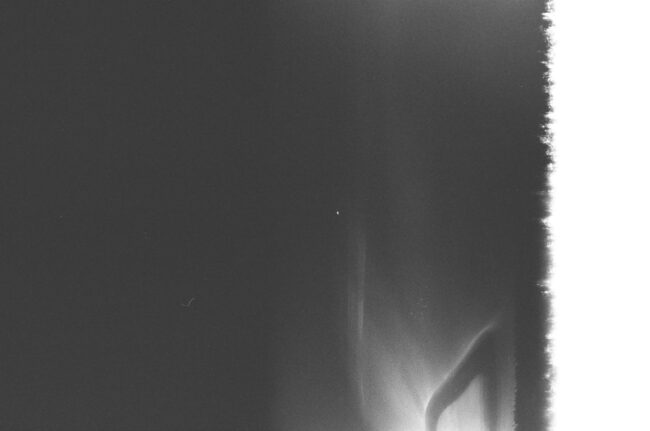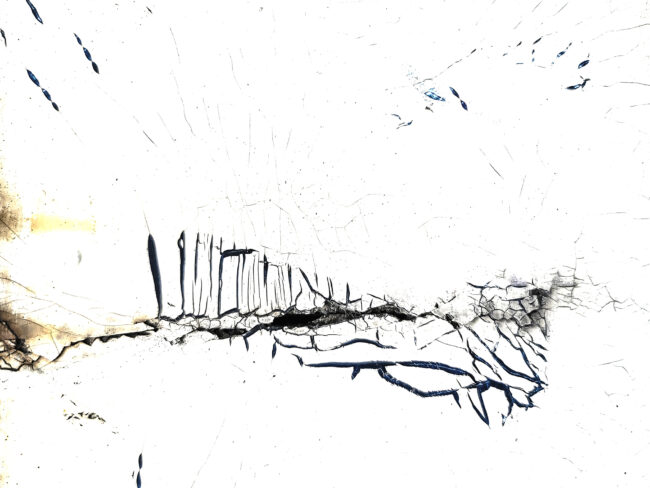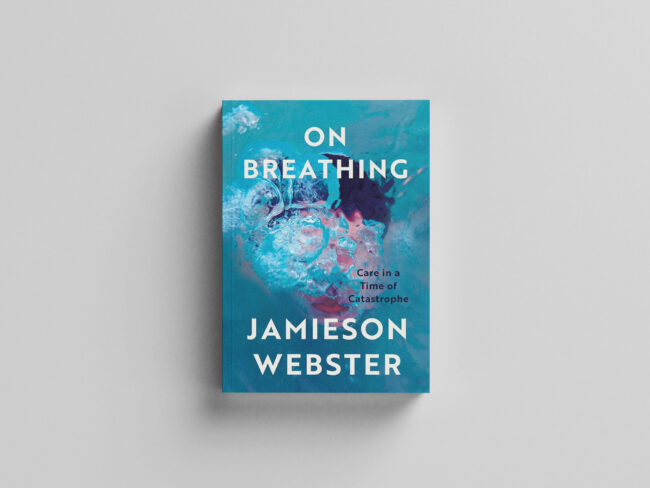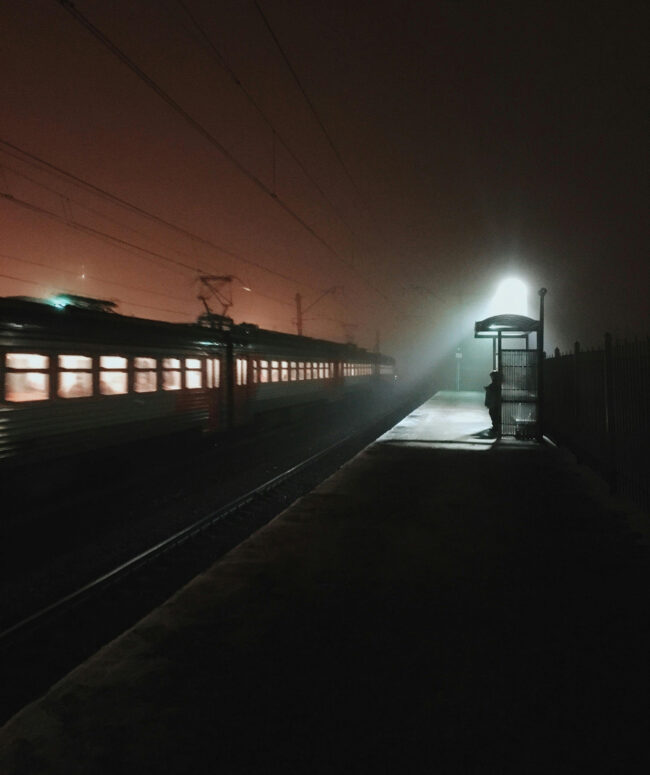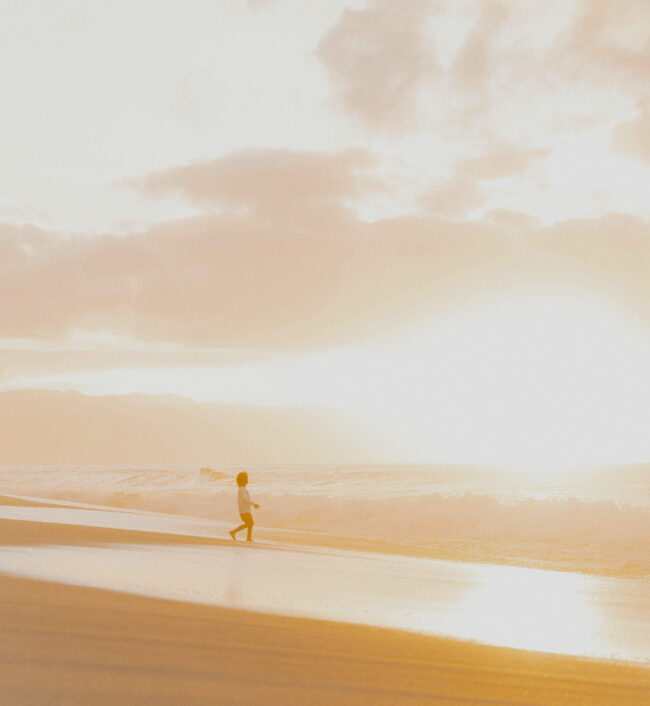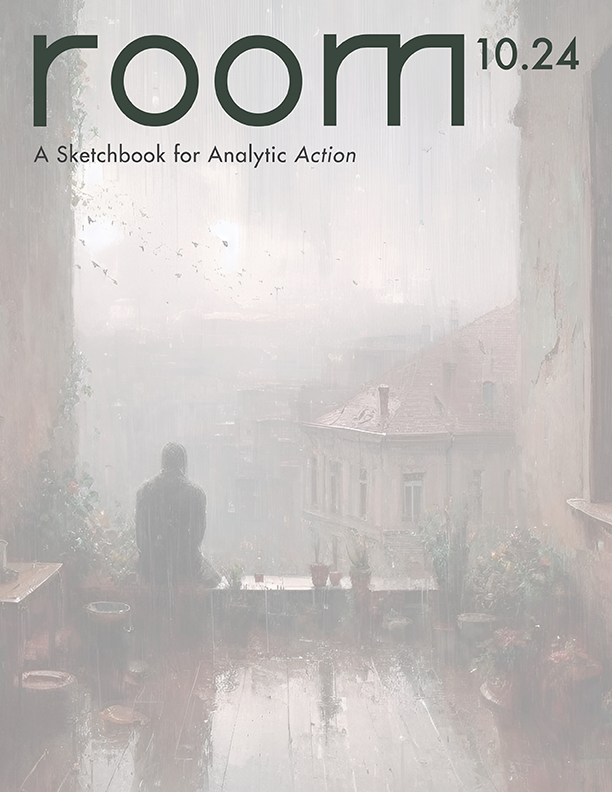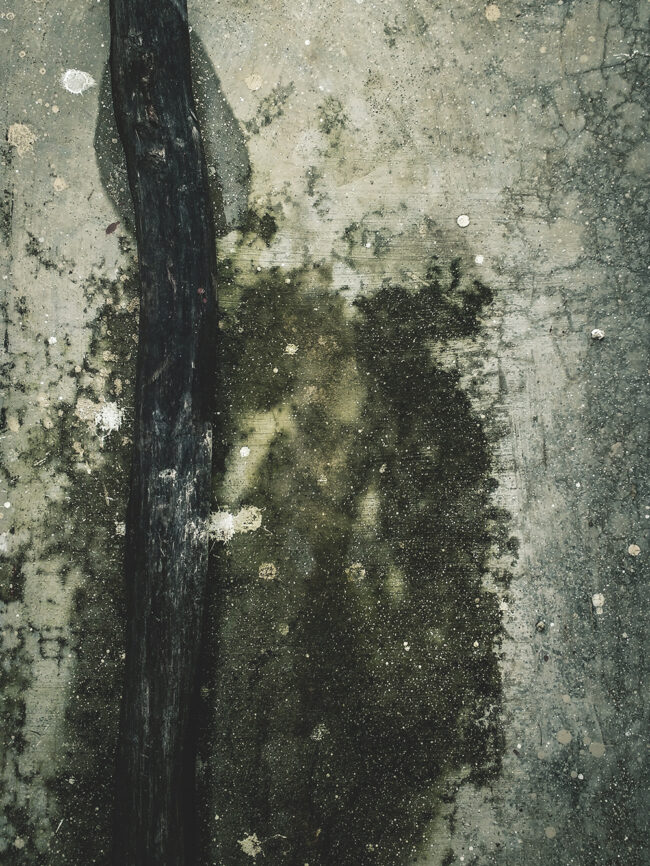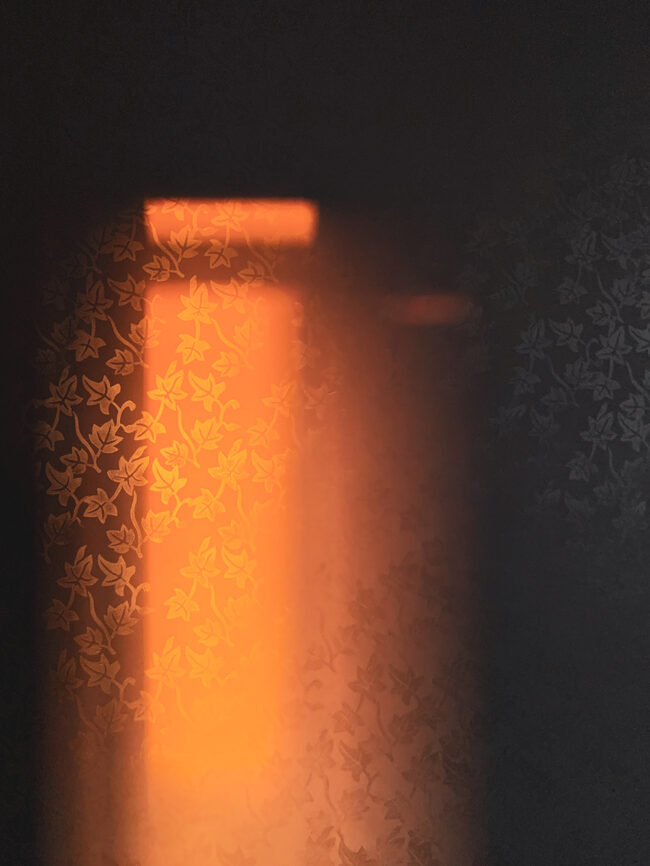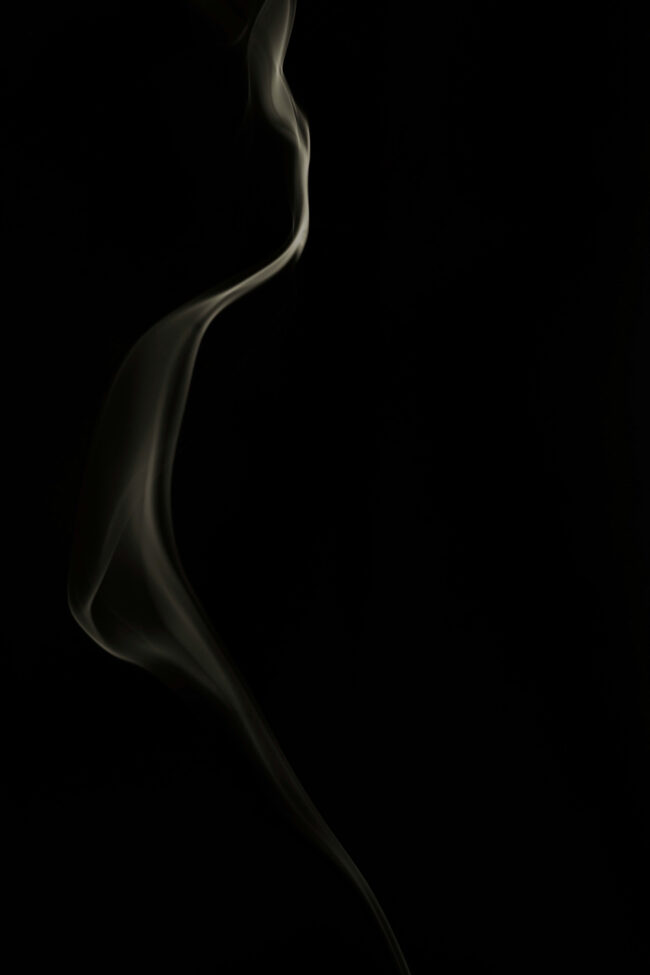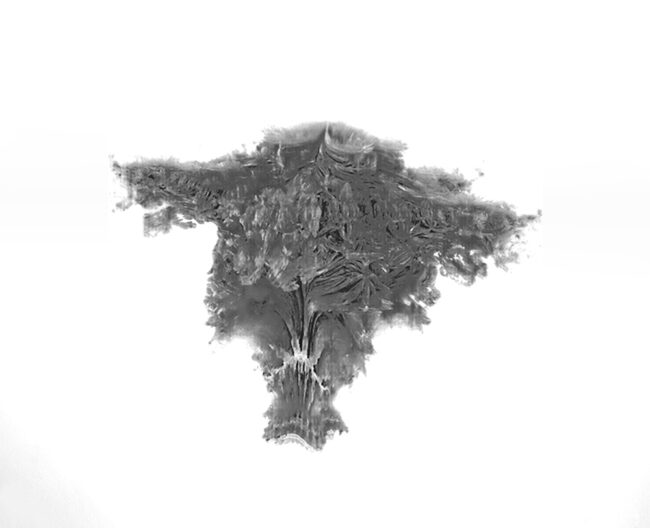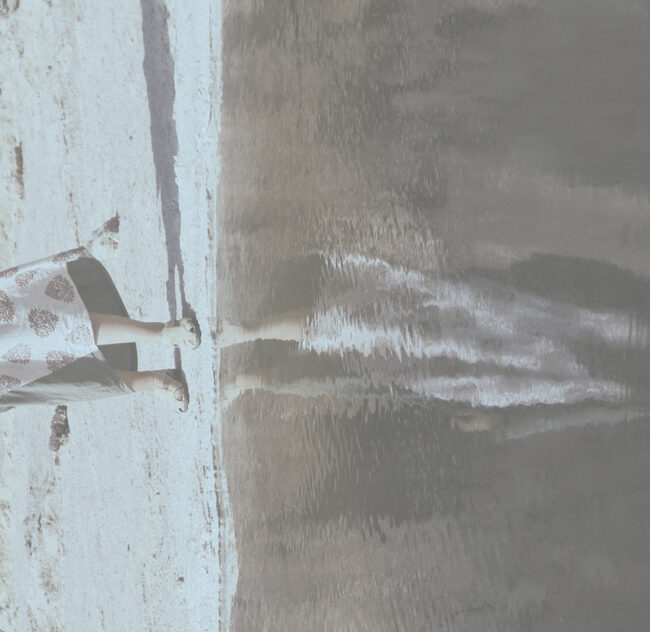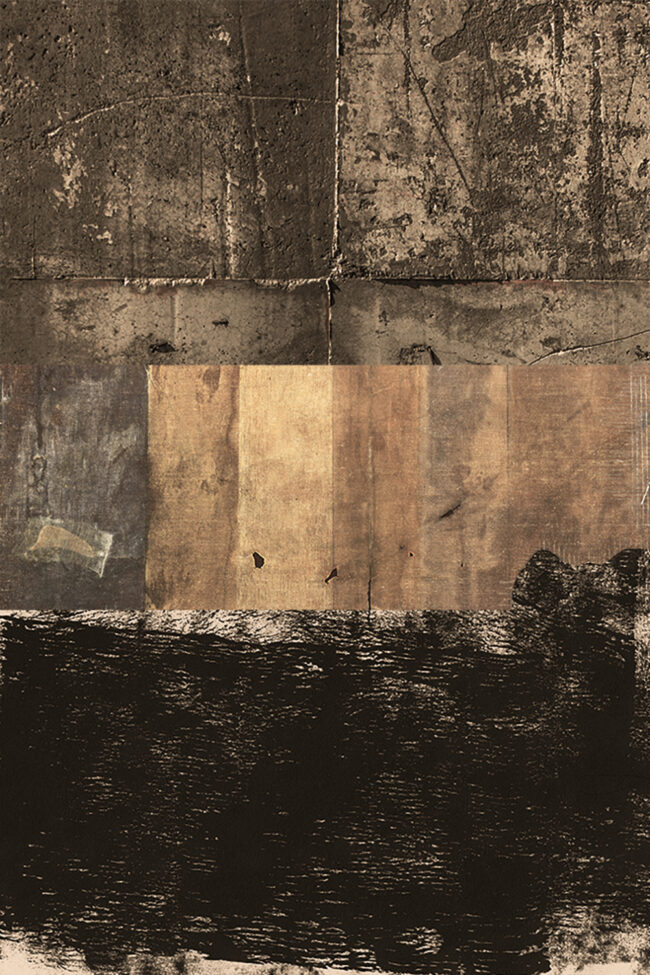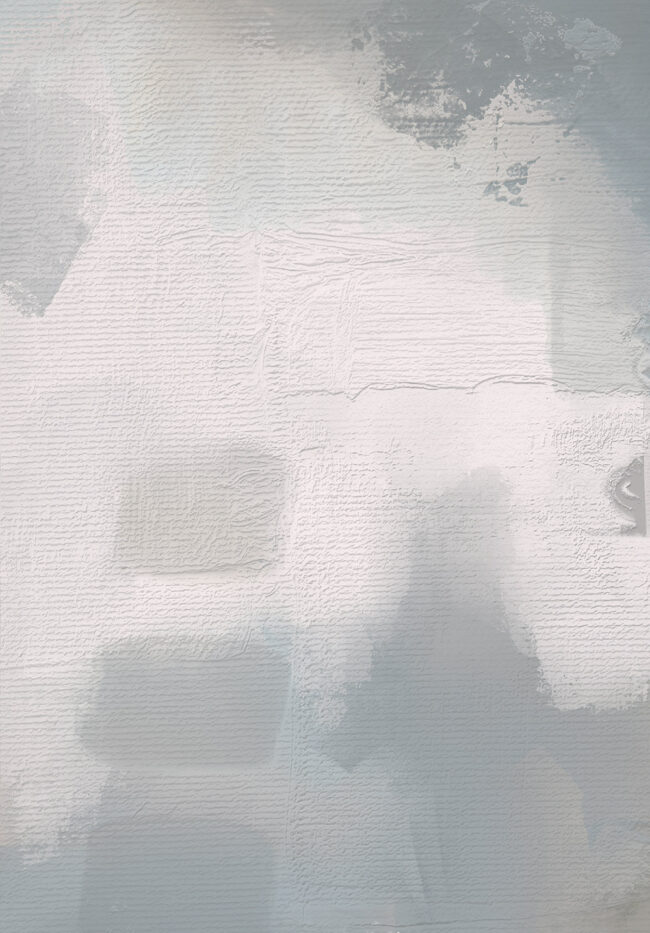Why I Write by Thomas H. Ogden
For me, the art of being an analyst involves the art of writing—the two are inseparable, each opens the door to the other. Writing is like dreaming in that it is a medium in which I think and talk to myself in ways that I cannot do in any other form. Also, like dreaming, it keeps me alive in my work as a psychoanalyst, for I find that I have to be creating something of my own (to come more fully into being myself) as I am immersed in trying to help a patient engage in creating something unique of his or her own (in coming more fully into being).



